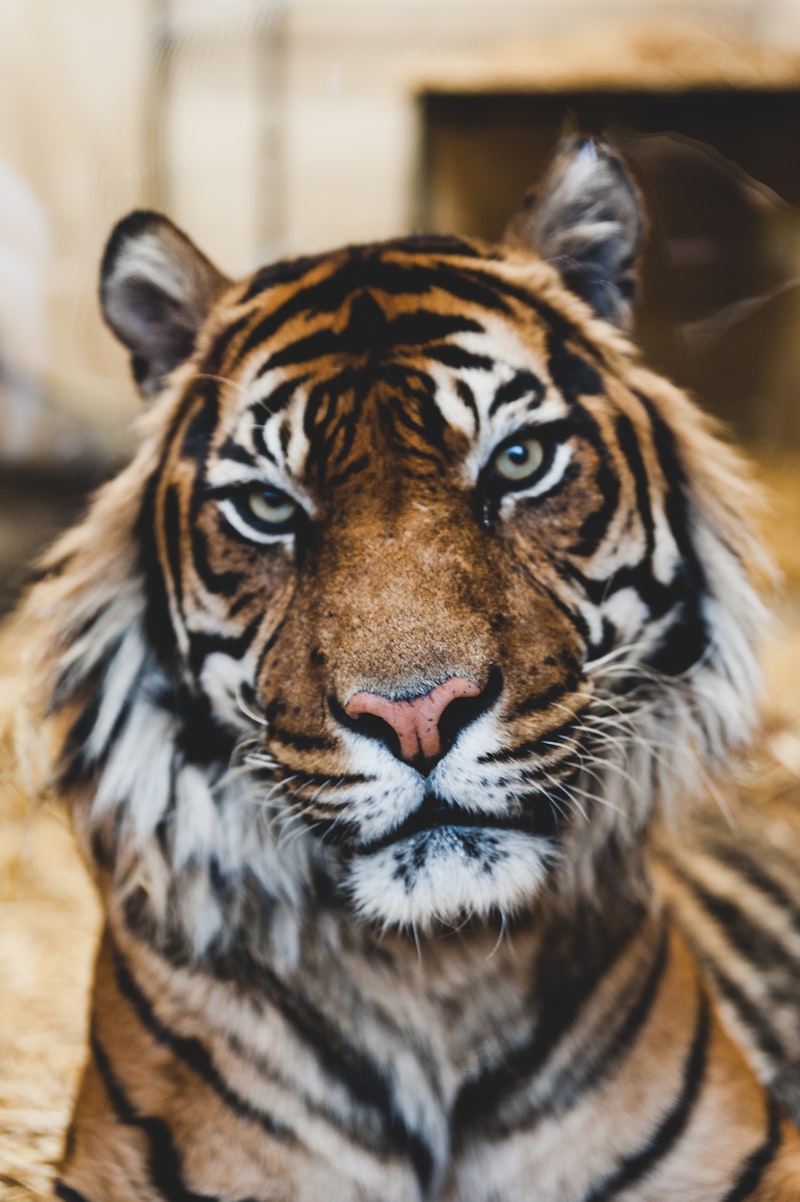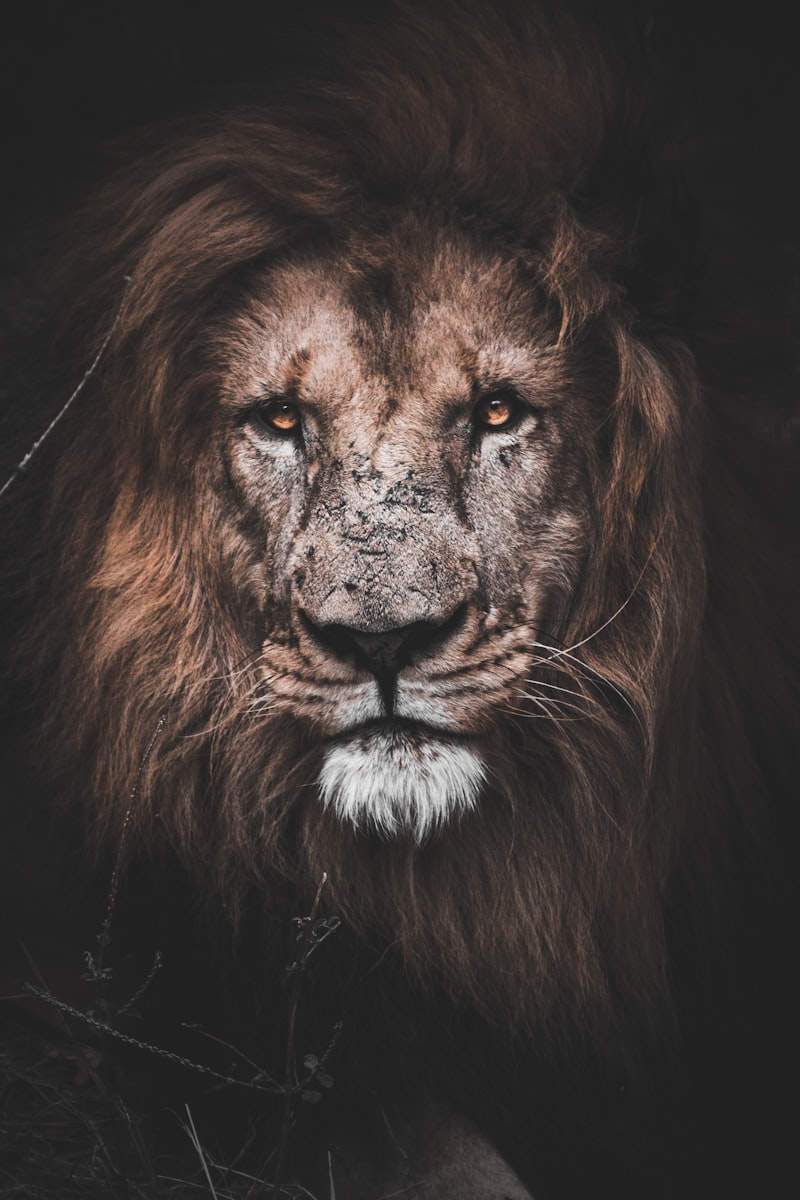One of the most fascinating adaptations is found in the Arctic fox. This small predator sports a thick, fluffy coat that changes color with the seasons—white in winter for camouflage against the snow and brown in summer to blend into the tundra. This remarkable ability helps it evade both predators and prey, ensuring its survival year-round.
Another incredible adaptation belongs to the emperor penguin, which faces the brutal Antarctic winter head-on. These birds are equipped with a dense layer of overlapping feathers and a thick layer of blubber that acts as insulation against the frigid temperatures. They also huddle together in large groups to conserve body heat, rotating positions to ensure each penguin gets a turn on the outer edges where it’s coldest.
Moving underwater, the narwhal—a legendary creature of the Arctic—sports a long, spiraled tusk that can reach lengths of up to ten feet. This tusk, actually an elongated tooth, is used for communication, navigation through icy waters, and perhaps even for breaking ice to create breathing holes. It’s a unique adaptation that sets the narwhal apart and continues to intrigue scientists and explorers alike.
In the cold waters beneath the Arctic ice, the beluga whale has adapted by developing a flexible neck that allows it to turn its head in all directions, a rarity among whales. This adaptation aids in navigating through narrow sea ice channels and hunting for fish and squid in the Arctic depths.
Survival Secrets: How Arctic Animals Adapt to Extreme Cold
One of the most iconic Arctic animals, the polar bear, exemplifies adaptation at its finest. With its thick fur and layers of fat, known as blubber, the polar bear is a master of insulation. This adaptation not only keeps it warm but also helps maintain buoyancy when swimming between ice floes. Their large, padded paws act like snowshoes, distributing weight evenly and preventing them from sinking into snow or thin ice.
Similarly, the Arctic fox has evolved a dense coat of fur that changes color with the seasons, providing effective camouflage against the snowy landscape. During the winter months, its fur turns pure white, blending seamlessly with the surroundings to evade predators and silently stalk prey. In summer, the coat shifts to a darker brown or gray, ensuring continued protection while hunting on the tundra.
For marine mammals like seals, survival in the Arctic hinges on their streamlined bodies and exceptional diving abilities. Seals boast a thick layer of blubber for insulation and store oxygen in their muscles to endure prolonged dives beneath the ice. Their sleek, hydrodynamic bodies minimize drag in icy waters, allowing them to swiftly navigate and evade predators such as polar bears and orcas.
The Arctic hare, another resilient resident of the North, has adapted by developing exceptionally large hind feet that act like snowshoes, enabling rapid movement across deep snow. Its dense fur provides insulation against the biting cold, while its keen senses alert it to approaching threats, ensuring quick escapes from predators like Arctic foxes and birds of prey.
Masters of Camouflage: Arctic Wildlife’s Incredible Blending Techniques
Take the Arctic fox, for instance. This cunning creature dons a winter coat that changes colors with the seasons. In summer, its fur is a brownish-gray to match the rocky terrain, while in winter, it transforms into a pristine white to vanish into the snow. This adaptation not only provides camouflage but also helps regulate body temperature in the harsh Arctic climate.
Moving underwater, the Arctic seal is another master of disguise. Its fur, which appears dark when wet, blends with the shadows of the sea floor, making it nearly invisible to predators like polar bears and orcas. When basking on sea ice, its light-colored belly matches the ice’s brightness, making it hard for predators to spot from below.
But perhaps the most renowned camouflagist of them all is the Arctic hare. With its thick white fur and large feet, it bounds across the snow-covered tundra, seeming to disappear into the landscape. Its ability to stay motionless when danger lurks further enhances its invisibility, leaving predators baffled by what they thought was an easy meal.
Even birds like the ptarmigan use camouflage to survive. In winter, their plumage turns completely white, blending seamlessly with the snow, while in summer, it changes to a mottled brown, matching the rocky terrain. This adaptation not only helps them evade predators but also ensures they remain hidden while nesting.
Arctic wildlife’s mastery of camouflage is a testament to evolution’s genius. From the Arctic fox to the ptarmigan, these animals have honed their ability to blend into their surroundings, ensuring their survival in one of the harshest environments on Earth. It’s a stunning display of nature’s adaptability and the lengths creatures will go to endure and thrive in their frozen world.
Built for Ice: The Amazing Evolution of Polar Bear Paws
Ever wondered how polar bears effortlessly navigate their icy habitats? It’s all in their paws – a marvel of evolutionary adaptation perfectly suited for their frozen environment. Unlike our own hands or the paws of other bears, polar bear paws are specially designed to excel on ice and snow.
These remarkable paws feature thick, insulating fur that not only keeps them warm but also provides traction on slippery surfaces. Beneath the fur, the skin is black, helping absorb sunlight and retain heat—a crucial adaptation in the frigid Arctic.
But the true wonder lies in the structure of their paw pads. Covered in small, non-retractable claws, polar bear paw pads act like natural snowshoes, distributing their weight more evenly and preventing them from sinking into the snow. This adaptation allows them to move across thin ice without breaking through, ensuring their survival in harsh conditions.
Moreover, the pads are rough and textured, providing exceptional grip on ice, almost like built-in crampons. This feature enables polar bears to chase seals, their primary prey, across vast expanses of ice with incredible speed and agility.
Imagine if we had to navigate the Arctic like polar bears do—our smooth-soled shoes wouldn’t stand a chance! Their paws are truly a testament to the power of evolution, perfectly adapted over millennia to thrive in one of Earth’s most extreme environments.

Next time you see a polar bear effortlessly gliding across the ice, remember the incredible design of their paws that makes it all possible. It’s not just about survival; it’s about thriving in a world where every step can mean the difference between feast and famine.
This article highlights the unique adaptations of polar bear paws in a conversational and engaging manner, making it both informative and captivating for readers interested in wildlife and evolutionary biology.
Underwater Wonders: Unique Adaptations of Arctic Marine Life
The Arctic Ocean, despite its icy depths and freezing temperatures, is home to some of the most fascinating and resilient marine life on the planet. These creatures have evolved remarkable adaptations to survive and thrive in one of Earth’s harshest environments.
One of the most iconic Arctic inhabitants is the polar bear. Often seen as a symbol of the region, polar bears are superbly adapted to their icy surroundings. Their thick layer of blubber and dense fur coat provide insulation against the cold, while their large paws and sharp claws enable them to navigate slippery sea ice with ease. Polar bears are also excellent swimmers, capable of covering long distances in search of seals, their primary prey.
Another marvel of Arctic marine life is the narwhal, often referred to as the “unicorn of the sea” due to its long, spiraled tusk protruding from its head. This tusk is actually a specialized tooth that can grow up to 10 feet long in males. Scientists believe it may play a role in mating rituals or even in navigating through icy waters. Narwhals, like many Arctic animals, have thick layers of blubber to insulate them from the cold and streamline bodies that allow them to move swiftly through the water.
Arctic cod are another vital part of the region’s marine ecosystem. These small fish have adapted to survive in near-freezing waters by producing proteins that act like antifreeze, preventing ice crystals from forming in their blood. This adaptation allows them to thrive where other fish species would struggle to survive.
The beluga whale, with its distinctive white coloration and melon-shaped head, is also uniquely adapted to Arctic waters. Belugas are highly social animals known for their complex vocalizations, which help them communicate and navigate under ice-covered seas. Their flexible necks allow them to turn their heads in all directions, aiding in hunting and social interactions.
From White to Wow: How Arctic Hares Thrive in Snowy Landscapes
Arctic hares have perfected the art of camouflage. Their pure white fur not only provides insulation against the biting cold but also acts as a natural cloak against predators. In a world where survival hinges on remaining unseen, their ability to disappear into the snowy background is a testament to nature’s ingenuity.
Despite their seemingly fragile appearance, Arctic hares are built for endurance. Their large, powerful hind legs propel them across the icy terrain with remarkable speed and agility. They can reach speeds of up to 40 miles per hour, evading predators like Arctic foxes and wolves with grace and ease.

Living in such extreme conditions requires more than just physical adaptations. Arctic hares have also developed unique behaviors to cope with their environment. During the long, dark winters, they rely on their keen sense of smell and hearing to detect danger and find food beneath the snow.
But it’s not just survival that defines these creatures; it’s their ability to thrive. Arctic hares are herbivores, feeding on a diet of tough Arctic plants that other animals cannot digest. Their digestive systems are specially adapted to extract maximum nutrition from these sparse, nutrient-poor foods, allowing them to maintain their strength and vitality year-round.
In the face of climate change and shrinking habitats, Arctic hares continue to inspire awe and admiration. Their ability to adapt to the changing Arctic landscape serves as a poignant reminder of the resilience of nature itself. As we strive to understand and protect these unique creatures, we gain a deeper appreciation for the delicate balance that sustains life in Earth’s most extreme environments.
Life in the Freezer: Strategies That Allow Penguins to Conquer Antarctica
Antarctica, the frozen continent at the bottom of the Earth, presents one of the most extreme environments known to life. Yet, against all odds, penguins thrive in this icy realm with remarkable strategies that ensure their survival.
Imagine a world where temperatures plummet to minus 40 degrees Celsius, and winds howl at speeds exceeding 200 kilometers per hour. This is the harsh reality that penguins face year-round in Antarctica. How do these incredible birds not just survive, but flourish in such conditions?
Firstly, penguins have evolved a unique set of adaptations perfectly suited to their icy home. Their feathers are densely packed and overlap like shingles on a roof, providing excellent insulation against the cold. This adaptation is akin to wearing a cozy, down-filled jacket that keeps them warm even in the most frigid conditions.
To navigate the treacherous icy terrain, penguins have flipper-like wings that allow them to “fly” underwater with incredible agility. This streamlined shape helps them dart through the water at speeds up to 15 miles per hour, enabling them to outrun predators like leopard seals and orcas.
But surviving in Antarctica isn’t just about physical adaptations. Penguins also have unique social behaviors that contribute to their success. They form tightly-knit colonies where they huddle together for warmth, taking turns to brave the cold outer edges of the group while others stay protected in the center. This cooperative behavior ensures that no penguin gets left out in the cold.
Interestingly, penguins are also masters of the art of parenting. They endure some of the harshest conditions on Earth to raise their young chicks. Male and female penguins take turns incubating their eggs and protecting their chicks from the elements and predators. This dedication to parenting ensures the next generation of penguins will be well-prepared to face the challenges of life in Antarctica.
Arctic Aviators: The Fascinating Flight Adaptations of Snowy Owls
Snowy Owls, scientifically known as Bubo scandiacus, have evolved unique flight adaptations that enable them to thrive in their harsh habitat. Unlike most owls, they are diurnal hunters, active both day and night, which necessitates exceptional flight capabilities. Their large wingspan, averaging around 4.5 to 5 feet, is crucial for gliding effortlessly over vast stretches of tundra and ice. This wingspan is also instrumental in capturing prey such as lemmings, voles, and even ptarmigans in mid-flight with astonishing precision.
What truly sets the Snowy Owl apart, however, is its silent flight. Their feathers possess a velvety texture that muffles sound, allowing them to swoop down on unsuspecting prey with minimal disturbance. This adaptation not only enhances their hunting prowess but also underscores their role as apex predators in the Arctic ecosystem.
Moreover, Snowy Owls exhibit exceptional endurance during long-distance migrations. These birds travel thousands of miles from their breeding grounds in the Arctic to wintering areas as far south as the northern United States and Canada. Their ability to cover such vast distances showcases their adaptability and resilience in the face of changing seasons and environmental conditions.
The Snowy Owl’s flight adaptations are a testament to nature’s ingenuity and the bird’s ability to thrive in one of the planet’s harshest environments. From silent flight to long-distance migrations, every aspect of their aerial prowess reflects their evolutionary journey and ecological significance in the Arctic ecosystem.
Frequently Asked Questions
How do Arctic foxes change their fur color throughout the seasons?
Learn how Arctic foxes change their fur color throughout the seasons in this concise FAQ. Discover how these foxes adapt to their environment, with fur that transitions from brown or gray in summer to white in winter, providing camouflage against snowy landscapes.
How do penguins stay warm in the extreme cold of Antarctica?
Learn how penguins stay warm in Antarctica’s extreme cold with this concise FAQ. Discover their unique adaptations like dense feathers, layer of fat, and huddling behavior.
What are some surprising ways that whales adapt to the challenges of polar environments?
Discover surprising ways whales adapt to polar environments, such as thick blubber for insulation, specialized feeding behaviors to maximize energy intake, and physiological adaptations to regulate body temperature in icy waters.
What are some unique adaptations of polar bears to survive in the Arctic?
Discover the unique adaptations of polar bears that enable them to thrive in the harsh Arctic environment, such as their thick fur and blubber for insulation, large paws for efficient movement across ice, and a keen sense of smell to locate prey and navigate their habitat.
What are the physiological adaptations of seals for life in icy waters?
Explore the physiological adaptations of seals for thriving in icy waters. Discover how these remarkable marine mammals have evolved specialized features like thick blubber for insulation, streamlined bodies for efficient swimming, and unique circulation systems to conserve heat and endure frigid temperatures.



